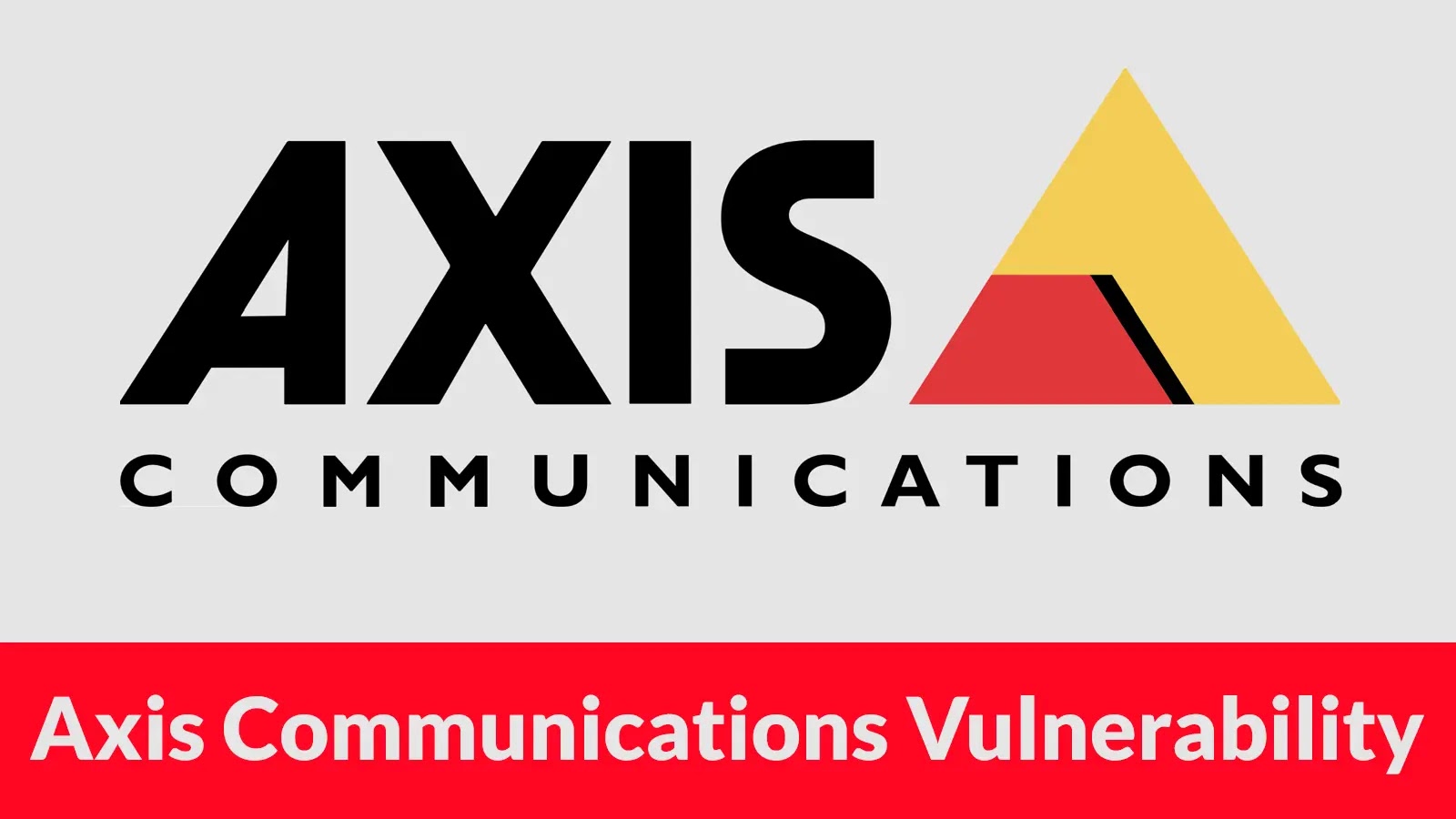
Axis Communications Vulnerability Exposes Azure Storage Account Credentials
A critical vulnerability in Axis Communications’ Autodesk Revit plugin has exposed Azure Storage Account credentials, creating significant security risks for customers and potentially enabling sophisticated supply chain attacks. This breach, stemming from hardcoded credentials, highlights the persistent danger of insecure development practices and the ripple effect they can have across an entire industry, especially within the architecture and engineering sectors.
The Core of the Axis Communications Vulnerability
The vulnerability, tracked as CVE-2024-27958, originated from hardcoded Azure Storage Account credentials embedded directly within signed Dynamic Link Libraries (DLLs). These DLLs were distributed to Axis Communications’ customers via the Autodesk Revit plugin’s Microsoft Installer (MSI) package. By embedding sensitive information in this manner, Axis inadvertently exposed its customers to potential unauthorized access to their Azure storage infrastructure.
The issue isn’t just about the exposure of credentials; it’s about the trust inherent in digitally signed software. Customers expect secure deployment from reputable vendors. When signed binaries contain such glaring security flaws, it erodes trust and complicates threat detection. Adversaries, upon discovering these embedded credentials, could gain unauthorized access to data stored in Azure Storage Accounts or even leverage this access to launch further attacks.
Impact on Supply Chain and Customer Data
The implications of this vulnerability extend far beyond a single compromised account. As a foundational component within the Autodesk Revit ecosystem, the Axis Communications plugin is used extensively in the architecture, engineering, and construction (AEC) industries. This broad adoption means the potential for a widespread supply chain attack is substantial.
- Data Exfiltration: Attackers could access and exfiltrate sensitive project files, blueprints, proprietary designs, and client data stored in the compromised Azure Storage Accounts.
- System Compromise: Exposed credentials could grant adversaries access to other Azure services or infrastructure linked to the storage accounts, leading to broader system compromise.
- Reputational Damage: For Axis Communications and potentially Autodesk, such a vulnerability can severely damage their reputation for security and reliability.
- Regulatory Non-Compliance: Businesses operating in regulated industries might face compliance penalties due to data breaches facilitated by this vulnerability.
The supply chain risk is particularly concerning. An attacker gaining access to an organization’s Azure environment through this vector could then pivot to other systems or even inject malicious code into projects, affecting downstream partners and clients.
Remediation Actions for CVE-2024-27958
Immediate action is crucial for any organization using the affected Axis Communications Autodesk Revit plugin. Axis Communications has released updated versions of the plugin that address this vulnerability. Organizations should prioritize updating their installations.
- Update the Plugin: Ensure all installations of the Axis Communications Autodesk Revit plugin are updated to the latest, patched version. This is the primary remediation step. Organizations should consult Axis Communications’ official advisories for specific version numbers.
- Rotate Azure Keys: Immediately rotate any Azure Storage Account keys that might have been exposed through this vulnerability. This action invalidates the compromised credentials and prevents further unauthorized access.
- Audit Azure Logs: Conduct a thorough audit of Azure Storage Account access logs for any suspicious activity spanning the period since the plugin’s deployment. Look for unusual access patterns, data transfers, or modification attempts.
- Implement Least Privilege: Review and enforce the principle of least privilege for all Azure Storage Accounts. Ensure that only necessary permissions are granted to applications and users.
- Monitor Cloud Environments: Enhance monitoring of Azure environments for unusual behavior, especially related to storage access and identity management.
- Supply Chain Security Review: Organizations should review their supply chain security practices to ensure that third-party software components are thoroughly vetted for similar embedded credential issues.
- Refer to Official Advisory: Always consult the official Axis Communications security advisory for the most accurate and up-to-date remediation steps regarding CVE-2024-27958.
Tools for Detection and Mitigation
Leveraging appropriate tools can significantly aid in detecting and mitigating vulnerabilities like CVE-2024-27958 within cloud environments and application codebases.
| Tool Name | Purpose | Link |
|---|---|---|
| Azure Security Center / Microsoft Defender for Cloud | Continuous security posture management, threat protection, and vulnerability assessment for Azure resources. | https://azure.microsoft.com/en-us/products/defender-for-cloud/ |
| Microsoft Sentinel | Cloud-native SIEM for security analytics and threat intelligence across an enterprise. | https://azure.microsoft.com/en-us/products/microsoft-sentinel/ |
| TruffleHog | Scans codebases and git repositories for hardcoded secrets, including cloud credentials. | https://trufflesecurity.com/trufflehog/ |
| GitGuardian | Automated secrets detection and remediation for developers. | https://www.gitguardian.com/ |
| Snyk Code | Static Application Security Testing (SAST) that identifies vulnerabilities in code, including hardcoded secrets. | https://snyk.io/product/snyk-code/ |
Lessons Learned and Future Prevention
This Axis Communications vulnerability serves as a stark reminder of several critical cybersecurity principles. Primarily, hardcoding credentials, regardless of where they are embedded, is a severe security anti-pattern. Developers must utilize secure credential management systems, environment variables, or cloud-native secret management solutions like Azure Key Vault.
Furthermore, vigilant supply chain security is paramount. Organizations developing software must implement robust Secure Software Development Life Cycle (SSDLC) practices, including regular code reviews, automated secret scanning, and third-party library analysis. For organizations consuming software, a comprehensive vendor assessment process that includes security audits and adherence to secure coding standards is essential. The incident underscores the notion that a single vulnerability in a widely used component can have cascading effects across an entire industry.





